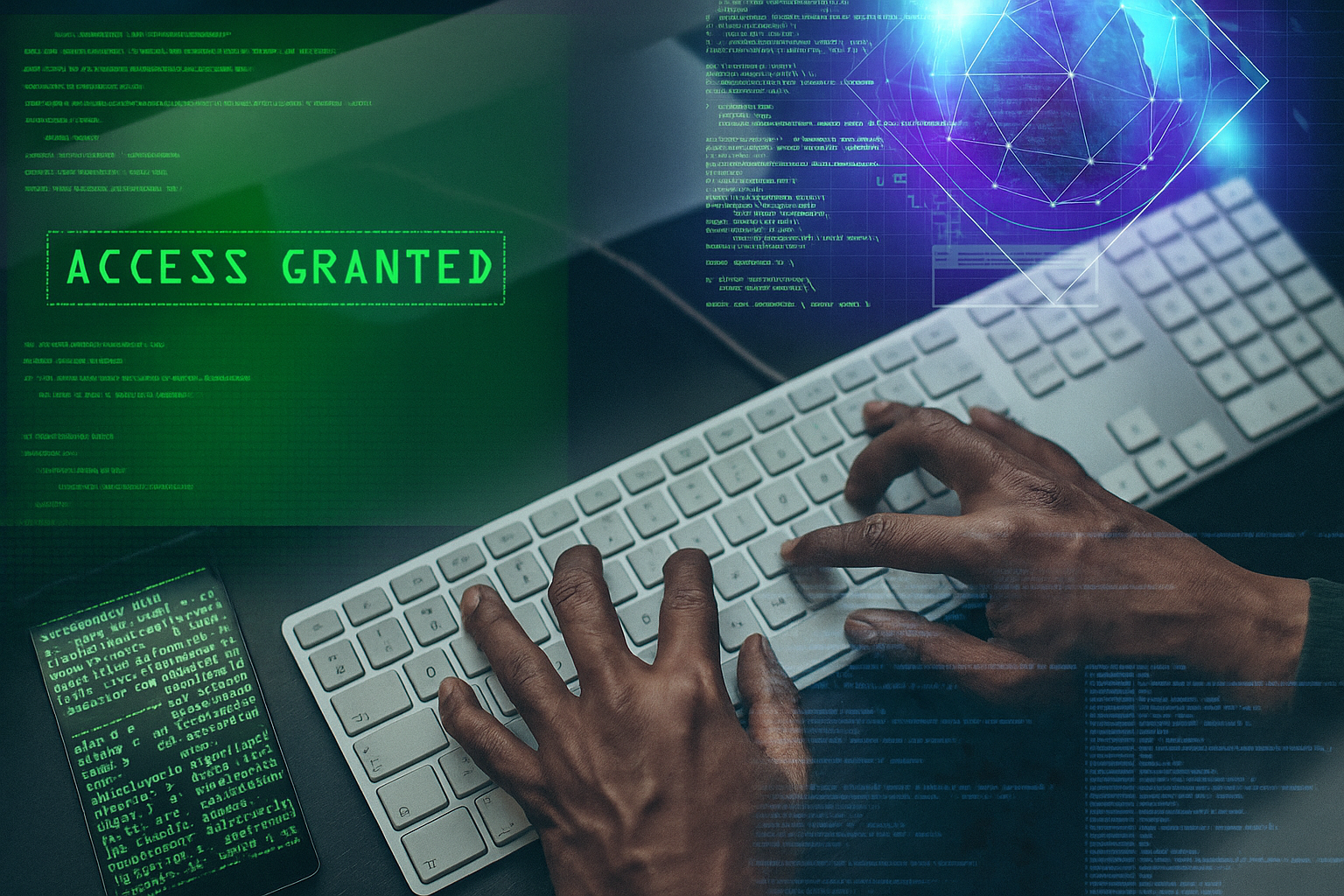

When Ransomware Learned to Write Itself
In late 2025, a mid-sized manufacturing firm woke to critical production servers frozen by ransomware. There were extortion notes on operator consoles, and evidence of data theft. The ransom demand was unusually large. The malware was oddly targeted, fighting every automated detection and adapting to defensive actions in near-real time.
Investigators concluded this was not the work of yesterday’s code-script kiddies. The attacker used AI tooling to design polymorphic payloads and craft lateral-movement strategies. They automatically re-delivered payloads when defenses threw up obstacles.
In short: the attackers were using artificial intelligence to be faster, smaller, and smarter than the defenses the company relied on.
This is AI-generated ransomware in action. It accelerates and automates existing threats. What used to require a skilled programmer and long testing cycles can now be iterated in hours. Phishing lures are hyper-personalized by generative models. Malware samples mutate automatically to evade signature detection. Extortion negotiations are run through chatbots that scale attacks across many victims simultaneously.
The Data Tells a Concerning Story
- Research shows that adversarial malware generators can increase evasion rates by 15.9% against top antivirus tools. This makes AI-enhanced malware increasingly difficult to detect.
- 48% of organizations cite AI-automated attack chains as the greatest ransomware threat today. Additionally, 85% believe legacy defenses are becoming obsolete.
- The average total cost of a ransomware incident now reaches $5.5-6 million, including ransom payments, business disruption, and recovery
- Between September 2024 and February 2025, phishing campaigns saw a 22.6% increase in ransomware payloads. As a result, 82.6% of all phishing emails exhibited AI usage.
The result is a dangerous multiplication of risk. Where a single attack once required significant effort and time, AI lowers those costs and multiplies opportunities. That means more incidents, faster escalation, and higher likelihood of significant data exfiltration and operational downtime.
What Business Leaders Can Do
At LeadingIT we treat this as both a technical and organizational problem, and we design responses accordingly:
Continuous Behavioral Detection
AI-generated threats avoid old signatures. Therefore, we focus on anomalies: unusual process behavior, spikes in data traffic, and lateral logins that don’t match user history. Our security operations center ingests telemetry from endpoints, network sensors, and identity systems. This helps correlate signals that individually look benign but together tell a story.
Instant Automated Containment
We use micro-segmentation to limit lateral movement and enforce least-privilege. Thus, stolen credentials cannot open every door. Critical systems are isolated into hardened zones. Automated playbooks revoke access and quarantine affected hosts the moment an incident is suspected.
Resilience Over Reliance
Immutable, air-gapped backups and tested recovery processes mean ransom by deletion or encryption becomes far less effective. When recovery is fast and predictable, attackers lose leverage. We conduct realistic tabletop and red-team exercises so people know how to act, who to call, and what to prioritize when chaos hits.
Human Risk Management
Because AI can craft extraordinarily convincing social-engineering, it includes deepfakes (fake/altered videos of real people) and voice-spoofing (replicating the voices of trusted people). Ongoing phishing simulations, role-specific awareness training, and multi-factor authentication are non-negotiable. We help clients harden identity, manage third-party access, and rotate machine-identities so attackers cannot repurpose service accounts.
The Difference Preparation Makes
The manufacturing firm ultimately recovered after decisive containment and a staged restore from clean backups. However, the episode cost weeks of production and significant customer confidence. It avoided paying ransom because its recovery strategy worked.
That outcome is the difference between a news headline and an internal post-mortem.
AI is changing the pace and scale of ransomware, but not the fundamental defensive posture that keeps organizations safe. Vigilant monitoring, rapid containment, tested recovery, and a people-first security culture blunt the advantage attackers hope to gain from automation.
At LeadingIT, we treat AI-augmented threats as business risks, not curiosities. We continuously evolve our detection models, automate containment playbooks, and run recovery drills. This ensures our clients never have to learn the hard way that a smarter attacker can only be stopped by smarter preparation.


